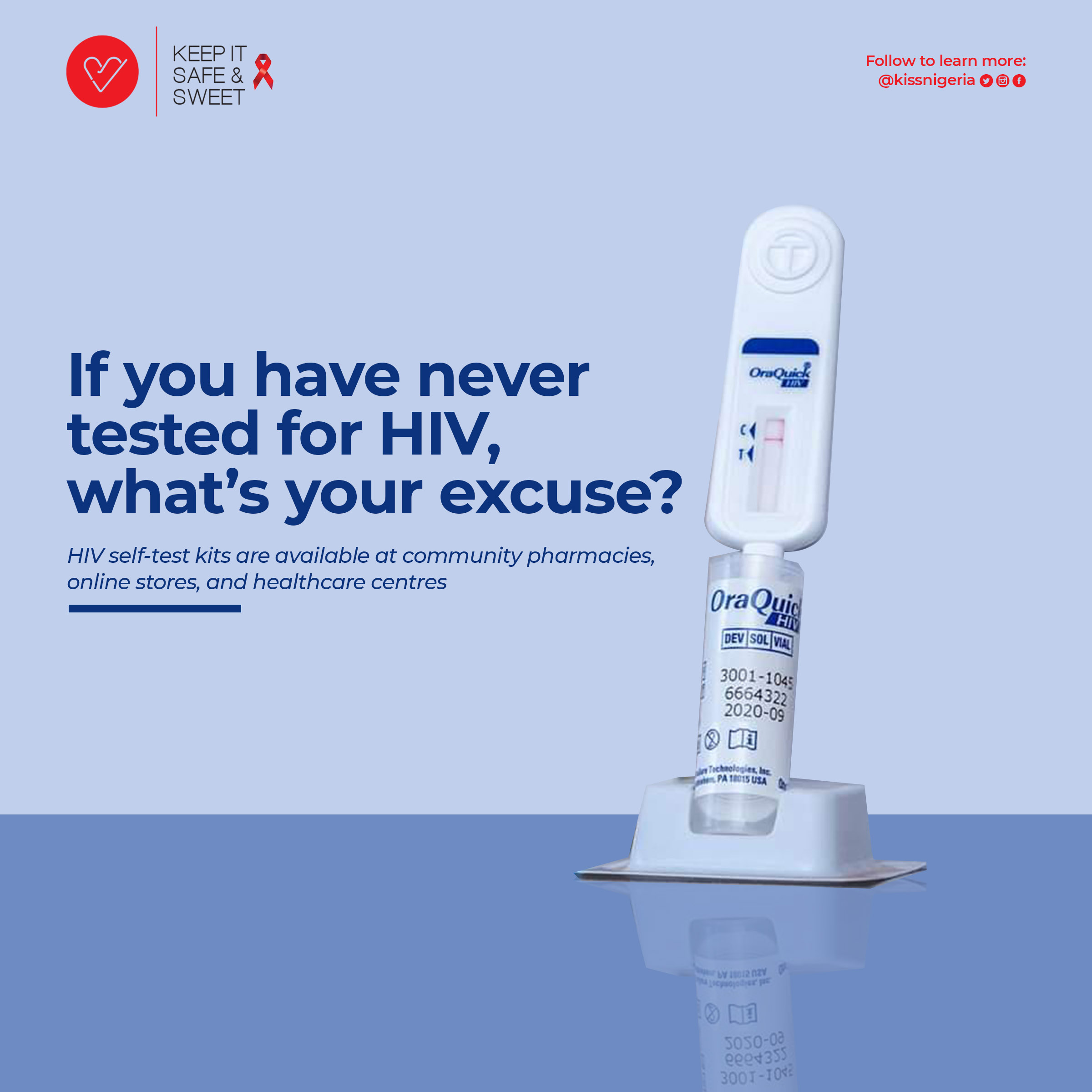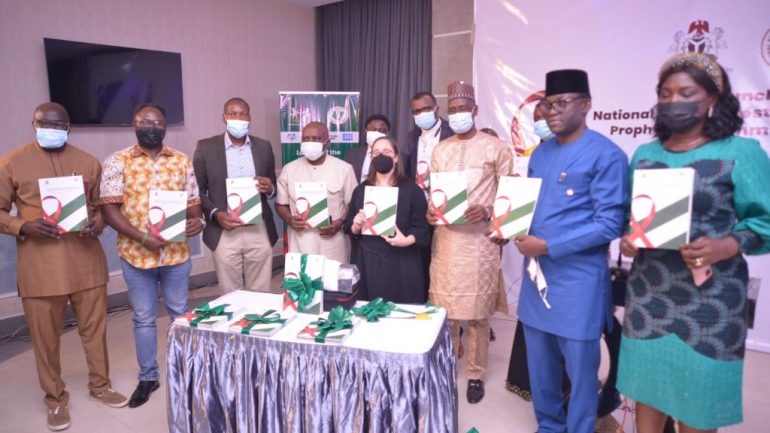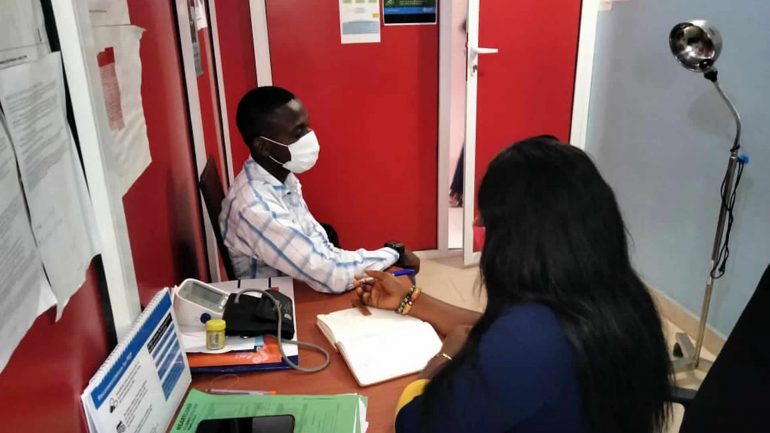A total market approach has increased accessibility and affordability of condoms and other HIV-prevention methods.
The total market approach (TMA) for condoms—that is, looking across the entire market, including public and private—began in Nigeria in 2017 with technical support from the USAID-funded and JSI-implemented AIDSFree project. Before then, representatives of the social marketing and commercial sectors were not active in public sector activities. Across Nigeria, each of these sectors were implementing programs in parallel, independent of the other.
Recognizing that this disconnect prevented a strategy that improved access to high-quality affordable condoms to prevent HIV transmission and unplanned pregnancy irrespective of geographic or socioeconomic status, JSI’s AIDSFree team, in collaboration with the National HIV Prevention technical working group (NPTWG), developed the TMA subcommittee. The TMA is where representatives of these different sectors, under the coordination and leadership of government agencies, can share experiences, learn what is happening in the entire market, and develop plans. The subcommittee meetings also enable stakeholders to jointly review the weaknesses and challenges within Nigeria’s condom market and design interventions to overcome them.
Data inform change
Before the implementation of TMA, private sector players in Nigeria believed that donor-funded condoms had saturated the market—in fact, they thought that donors and governments were “dumping” condoms into the Nigerian market. With this perception, they had no incentive to invest in the importation or commercial distribution of condoms. Determining which sector was dominating the market and whether that was sustainable was critical, as was having detailed data to better understand the market.
We created visibility into the entire market for condoms in Nigeria by using data from the annual assessment of the retail environment, conducting a willingness-to-pay study, supporting the annual forecast of needs, and analyzing distribution data in the public sector. We learned that only about 40 percent of the universal need for condoms was being met—which helped convince all sectors of the importance of a more coherent strategy.
The data on people’s needs and availability and total volume of condoms distributed corrected the perception of donor dumping and stimulated the interest of new investors in condom manufacturing/importation and distribution in Nigeria.
From the data we also learned that many products on the market were of poor quality, and that of more than 30 brands of condoms available in the market in 2018, only 15 were registered and approved by the government. JSI shared this information with the National Agency for Food Drug Administration and Control and worked with regulators to determine if products were not registered because of the cost, or because manufacturers and distributors were unaware of the need to do so. Our efforts to review policies and remove bottlenecks in the registration process ultimately increased the number of brands registered in Nigeria to 40, in 2021.
In addition, we conducted research on the willingness of key populations, including youth, to pay for condoms and lubricants. Findings indicated that about 89 percent were willing to pay for mid-priced condoms ($.50 per pack of 3 condoms). Disseminating this information to the private sector players encouraged investment in the condom market in Nigeria and we’ve seen new entries into the market, which has increased competition among non-public condom brands, expanding options and reducing prices.
Demand generation
In addition to condom supplies, the TMA discussions highlighted issues related to market demand. We created demand-generation activities using social media platforms to reach key populations, including youth and adolescents. Working with stakeholders, we conducted a formative assessment of the need for consistent and correct condom use messaging that informed the development of a communication strategy and a social media campaign called “Keep it Safe and Sweet” (KISS). KISS has reached almost 1 million people, including key populations that have inequitable access to condoms and socioeconomic status.
Check out some of the KISS social media campaign images
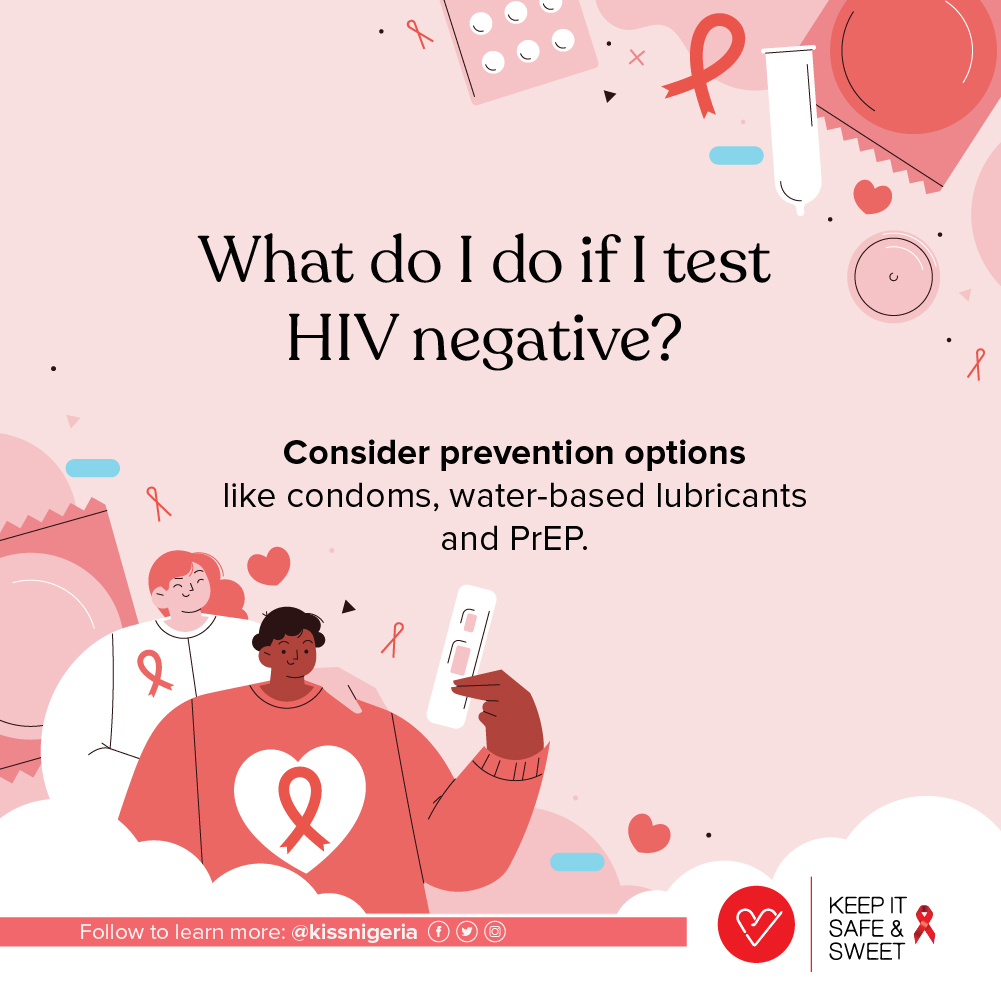

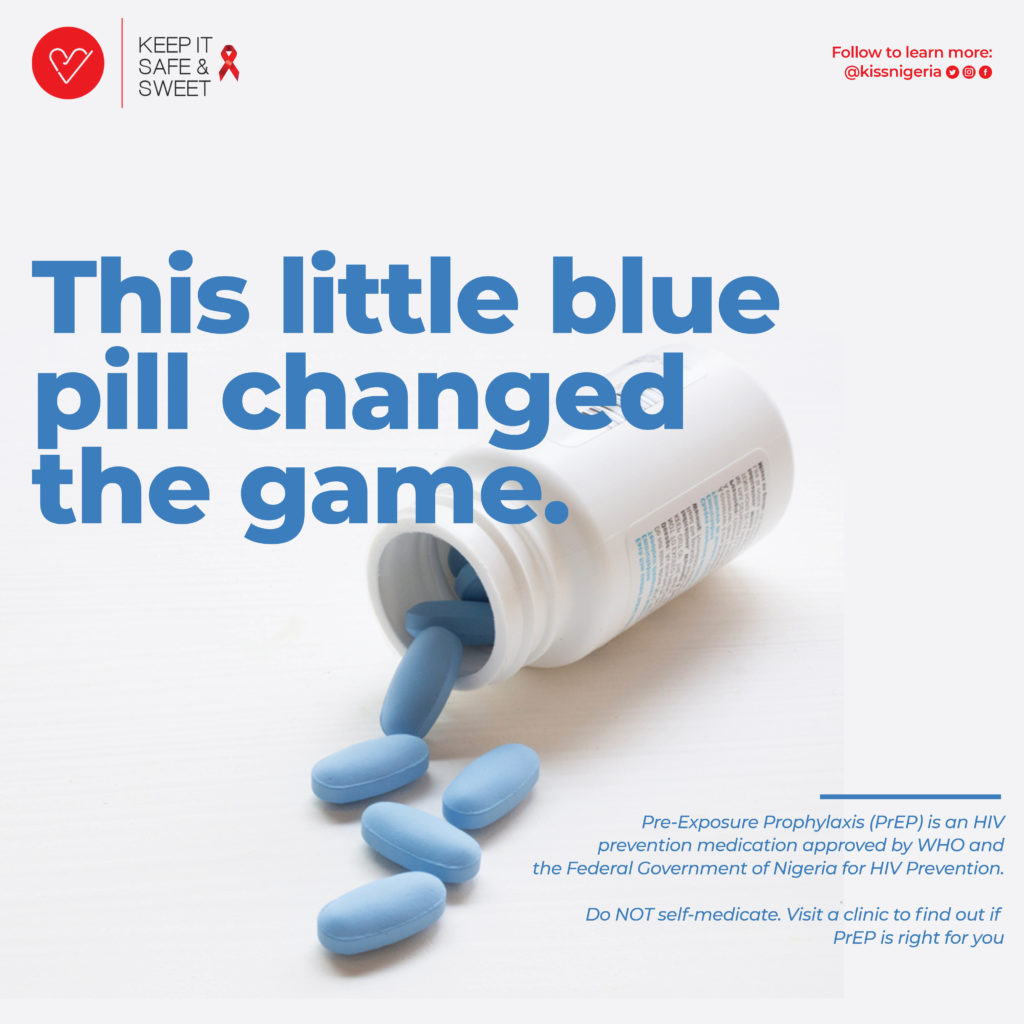
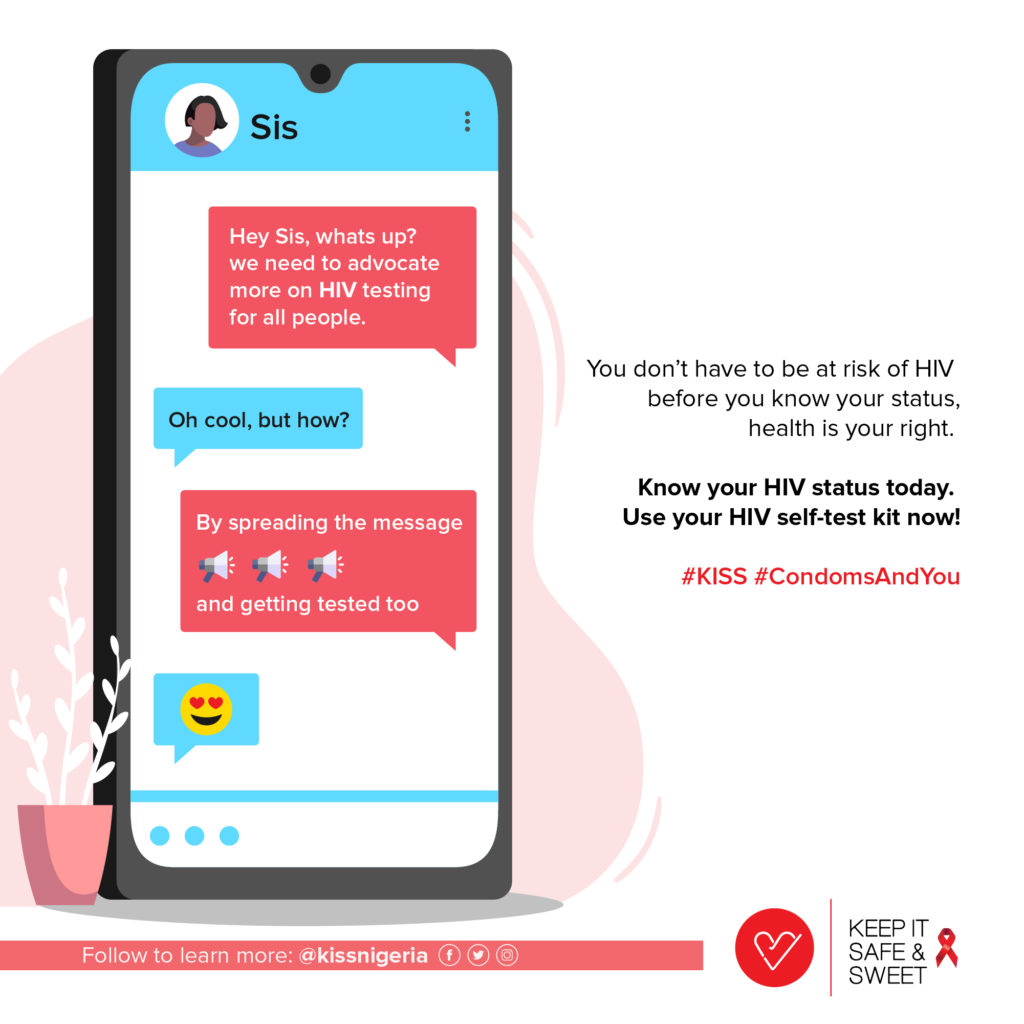
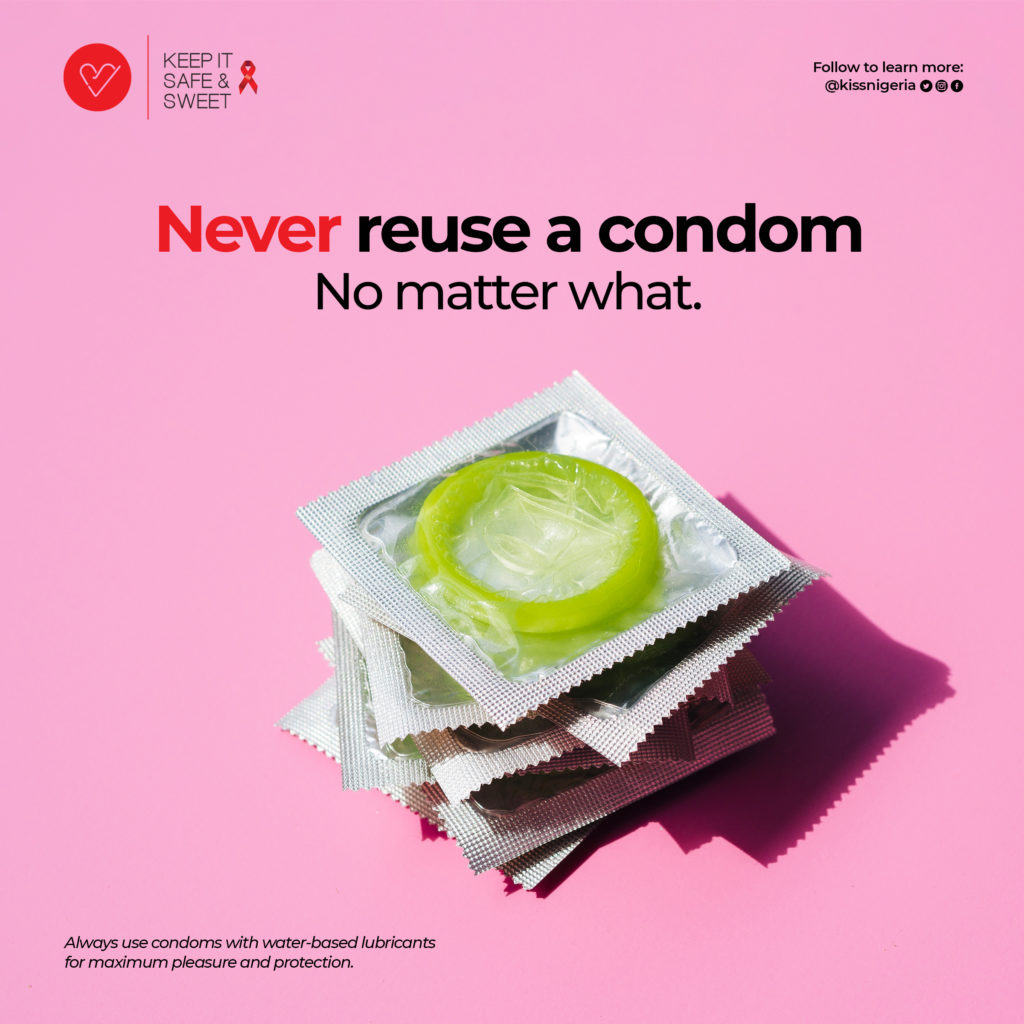
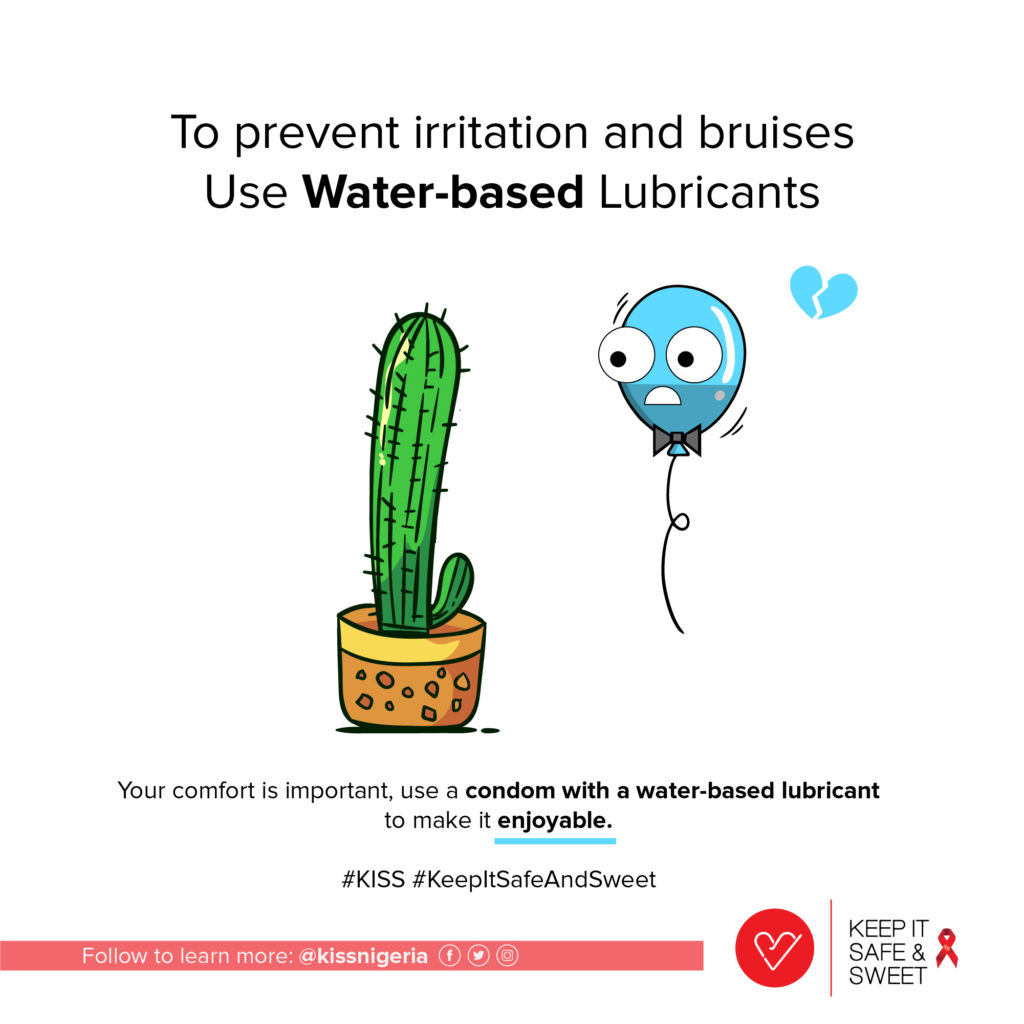
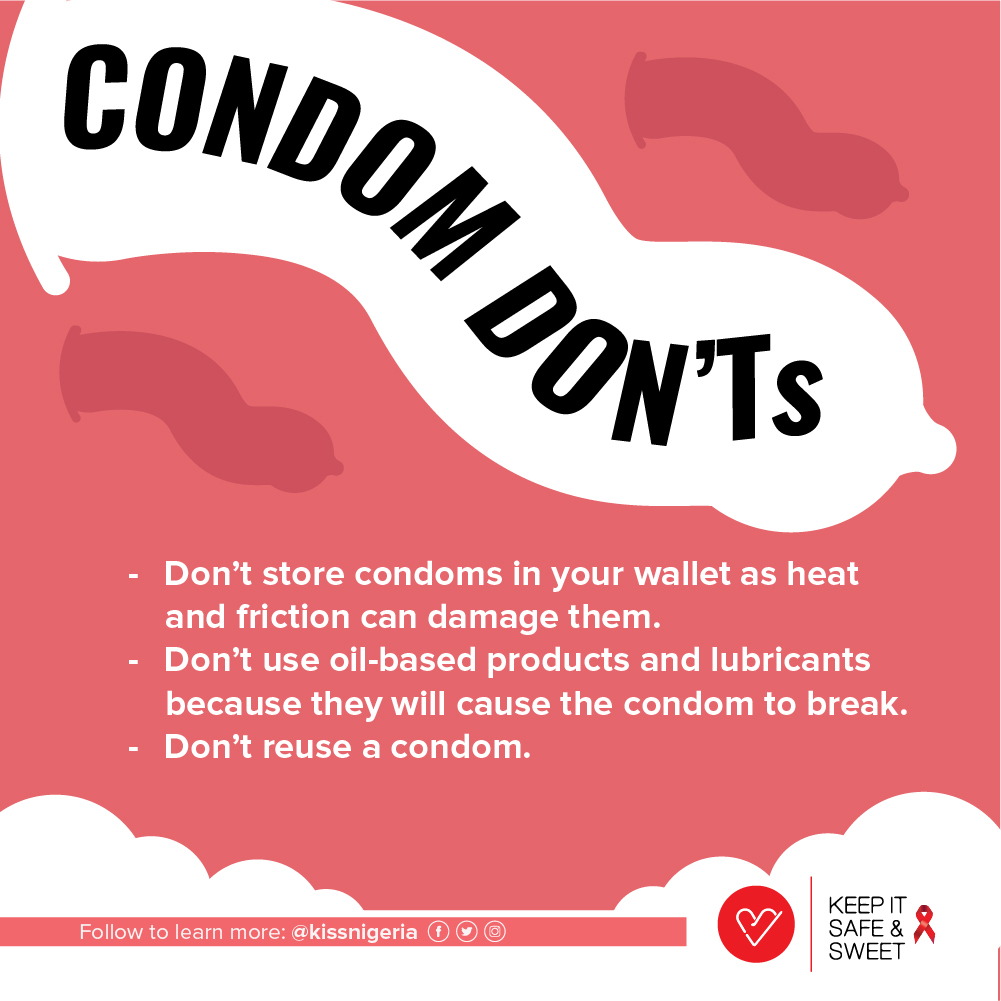
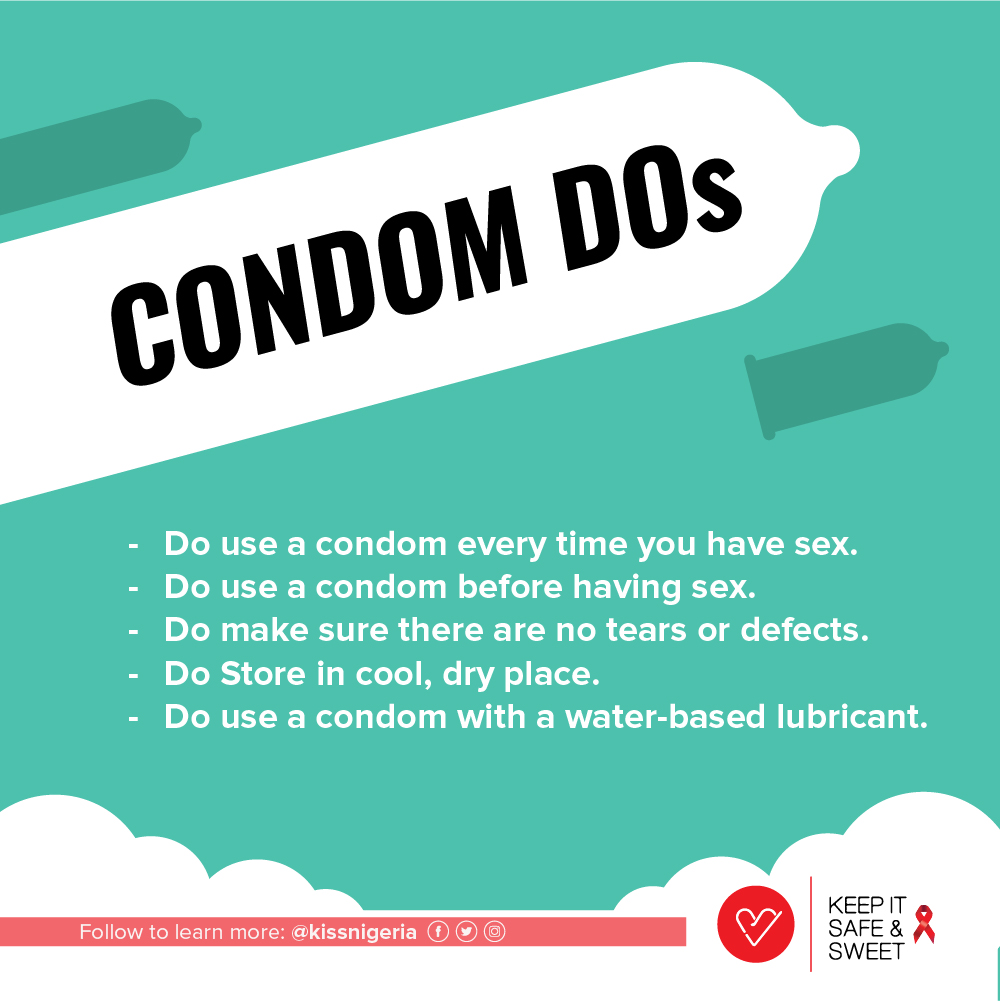
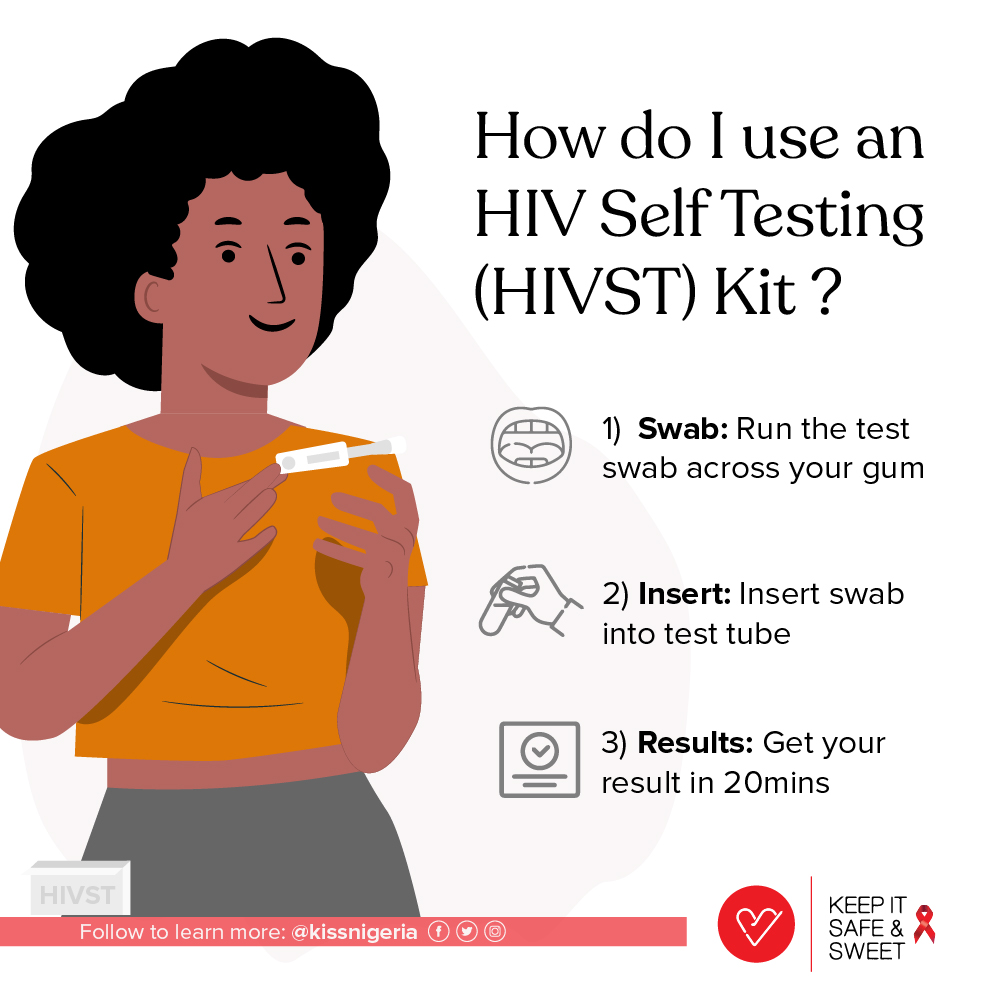
The TMA reduced the public sector share of condoms from 19 percent in 2017 to 12 percent in 2019 and increased the social marketing and the commercial sector share from 81 percent to 88 percent in the same period. This indicates a sustainable market with the priced condom market growing and less reliant on donor-supplied condoms.
Given these results, since 2017, we have expanded the TMA to HIV self-testing kits and pre-exposure prophylactic medicine in Nigeria, thus strengthening partnerships among the various sectors of the HIV prevention commodity market while maximizing the comparative advantage of each to improve access to its products, especially for individuals who are at high risk of HIV.
Written by Olawale Durosinmi-Etti


